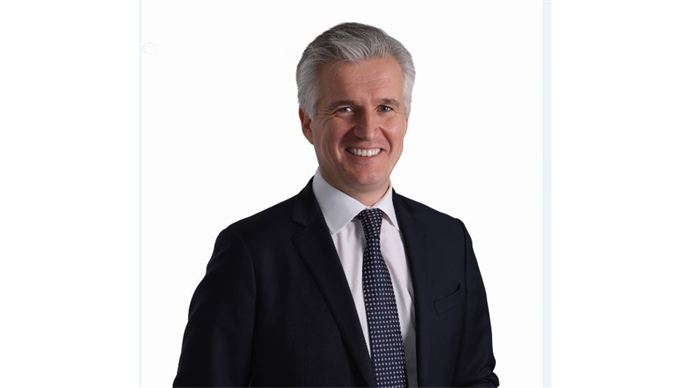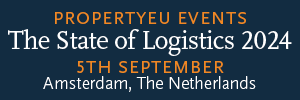In an interview with PropertyEU, Chris Staveley, head of office capital markets EMEA at JLL, discusses the key trends at play in the sector.
PropertyEU: How would you characterise the office investment market in the UK and Europe?
CS: I would say Europe’s office markets are both challenging and exciting in equal measure!
Following a long/strong 10-year cycle to March 2020, our clients have been cast into a market where the very purpose of the office has been questioned, office leasing markets remain patchy, many people continue to work from home and still face many corporate and personal challenges relating to the pandemic.
Despite this, we think that the future for the office market in Europe is bright and exciting. The investment market is, and will remain, very strong for core opportunities as investors need to invest into real assets with yield and will find it hard to deploy all of their allocated capital into ‘beds, sheds and meds etc’. Office investment activity has been far higher during the pandemic than many expected, though the market is polarised with core+ and value-add pricing and liquidity still well below pre-pandemic levels.
PropertyEU: How much prime office product is currently available?
CS: There is still not nearly enough prime office product to satisfy demand. We continue to see multiple bids on core transactions and prime yields are still under downward pressure in most if not all markets across Europe.
PropertyEU: Is there broad agreement on the best timing to bring forward product for sale?
CS: In many cases our advice to clients since January has revolved around either going to market immediately where they have core offices let on a long/strong WALT as there has been a severe lack of competing product, or alternatively waiting until Covid travel restrictions are eased further to attract global capital, particularly where it concerns very large assets with global investor appeal.
We have clearly seen vendor activity pick up in recent weeks, however, and we have been reporting and pitching daily, so there is more product which will be offered into the market during Q2.
PropertyEU: Where is capital demand coming from?
CS: We see investor demand from across all global regions, but German capital is, as often, the dominant buyer of office investments in Europe. An example of this is the sale of the Pictet HQ in Geneva to Deka Immobilien we completed last month. French investors are also a strong regional influence.
With many non-European groups restricted from travelling, their influence has waned in recent months but the demand from Korea, Singapore, Hong Kong and other parts of the globe will pick up very rapidly as restrictions are lifted.
PropertyEU: To what extent have values fallen for office properties outside of core locations?
CS: Whilst prime office assets continue to perform well (JLL’s prime office rental index was up 1.3% between Q2 and Q4 2020), the market is polarised with our ‘average’ rental index decreasing by 3.4% over the same period. We expect this to continue at least through Q1 and that polarisation will remain a feature in the market as the best, future-proof office assets see rental and yield premiums and secondary, more generic assets weaken further.
PropertyEU: Is it possible to get financing for core-plus/value add offices with some degree of vacancy?
CS: It is definitely possible. We have 3-4 financing deals going on in the office refurbishment space currently and they are getting very good traction. Of course, lenders’ interest is varied, and they are highly selective, but as long as there is a good combination of strong sponsorship, good asset and location, reasonable and defendable economics and a thoughtful business plan there is tremendous liquidity in the sector for this strategy.
PropertyEU: Would you happily take on an office asset for sale if some floors are let to a flexible office operator?
CS: Absolutely. We have sold a number of assets occupied by flex office operators in the past 12 months, such as Parkview in Prague on behalf of Skanska.
PropertyEU: Life science assets are in great demand. Is there enough product available for those who wish to gain exposure to the sector?
CS: The life science market continues to experience incredibly high investor demand, and so no, there is not currently nearly enough product to satisfy investor appetite. We are seeing big premiums paid for life science real estate across all of Europe and investors are taking innovative measures to access the market, such as when advising AXA in acquiring the Kadans pan-European life science platform in December. We expect the European life science sector to mature rapidly and become more specialist as in the US, which is another major opportunity for investors and operators in Europe’s markets.



































